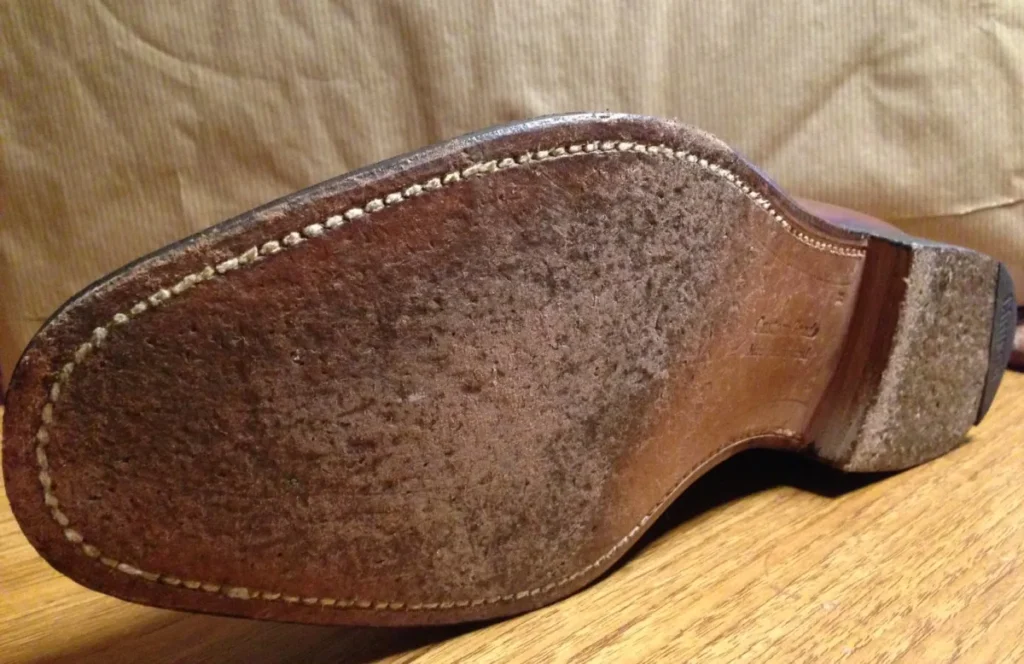By Arvind Bajaj
The debate between leather soles and rubber soles has been around for years, especially when looking at comfort, durability, and style. Let’s break down the key differences, clear up some common myths, and highlight the pros and cons of each to help you decide.

Comfort
Leather Soles: Pros
Leather soles may seem stiff at first, but they naturally mould to your foot over time. Paired with a cork midsole, they can offer great support and cushioning, especially when the shoe is well-designed with proper arch support.
Leather Soles: Cons
Thin leather soles without good construction can feel hard and uncomfortable. Shoes with certain stitching, like Blake stitching, often lack cushioning. Thicker soles made with Goodyear welt construction are much more comfortable and supportive.

Rubber Soles: Pros
Rubber soles are flexible and comfortable from the start, with no break-in time needed. They absorb shock well, making them great for walking on hard surfaces like concrete.
Rubber Soles: Cons
Unlike leather, rubber doesn’t mold to your foot, which can cause discomfort after long use. Over time, this lack of adaptability can lead to foot fatigue.

Durability
Leather Soles: Pros
Thicker leather soles are strong and can last longer than rubber soles with proper care. Adding toe taps can make them even more durable.
Leather Soles: Cons
Thin leather soles wear out faster, especially in rough conditions. Leather can absorb water, weakening it over time. Moisture can also cause cracks and damage.

Rubber Soles: Pros
Rubber soles are tough and resistant to wear, making them ideal for rough surfaces. They are also naturally waterproof, keeping your feet dry in wet conditions.
Rubber Soles: Cons
Rubber soles can crack, and once they do, they’re hard to fix. Exposure to extreme heat can make rubber brittle and more likely to break.
Style
Leather soles are often seen as more elegant and refined. They make a distinctive sound when walking, which many associate with high-quality shoes. Rubber soles, on the other hand, are more casual and practical, suitable for everyday or rugged wear.
Conclusion
Your choice between leather and rubber soles depends on your needs and lifestyle. Leather soles are best for those who value style, adaptability, and long-term comfort when the shoes are well-made.
Rubber soles are ideal for those seeking practicality, instant comfort, and high durability, especially for casual or outdoor use. Understanding what you need will help you make the right choice.
Arvind Bajaj, the mind behind EZOK Shoes, began in humble surroundings, but his vision soared globally. His parent company, Amar Shoes & Leather Wears, thrives with cutting-edge facilities in Agra and Noida, employing over 1200 and leading the industry.










